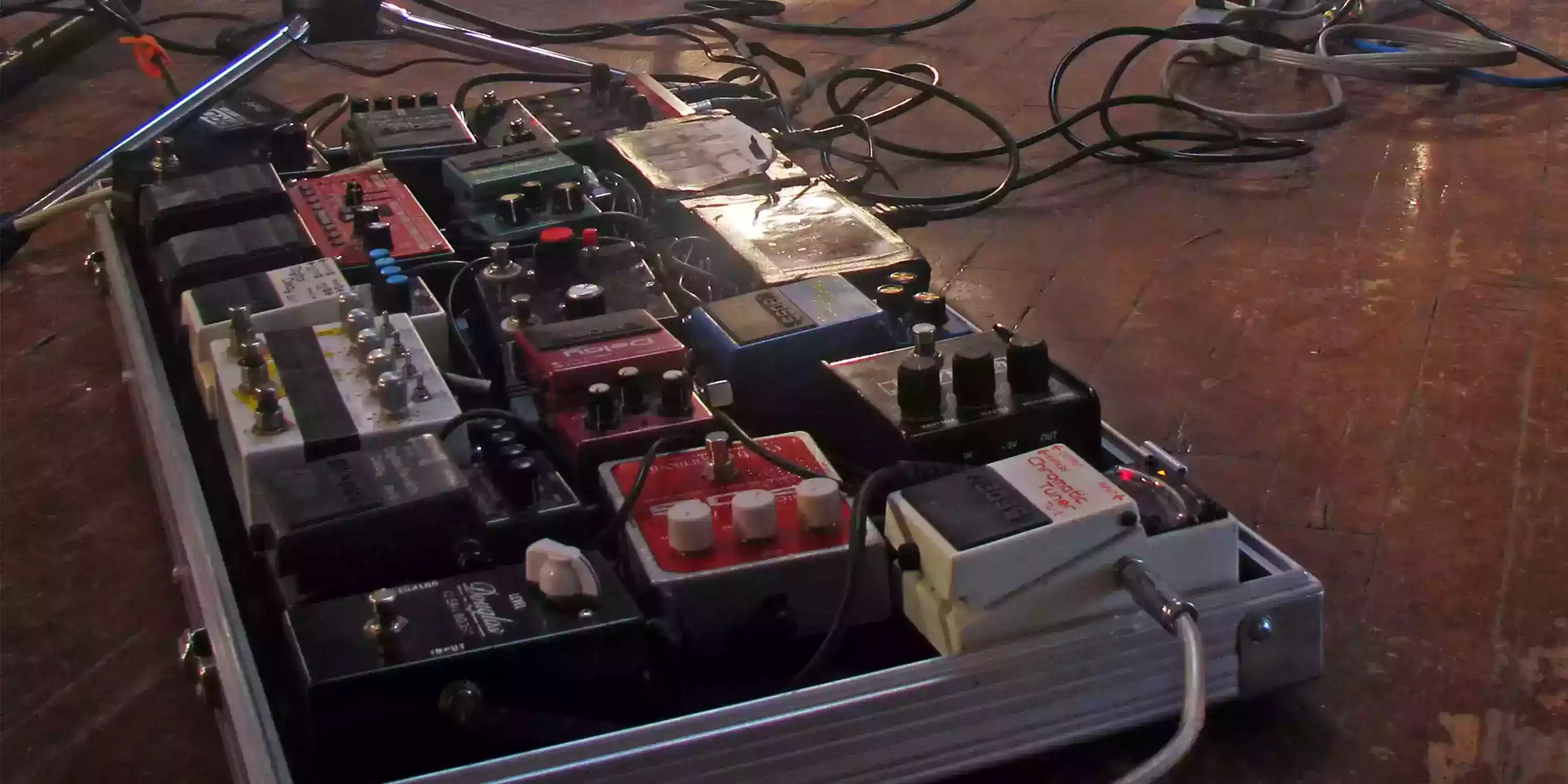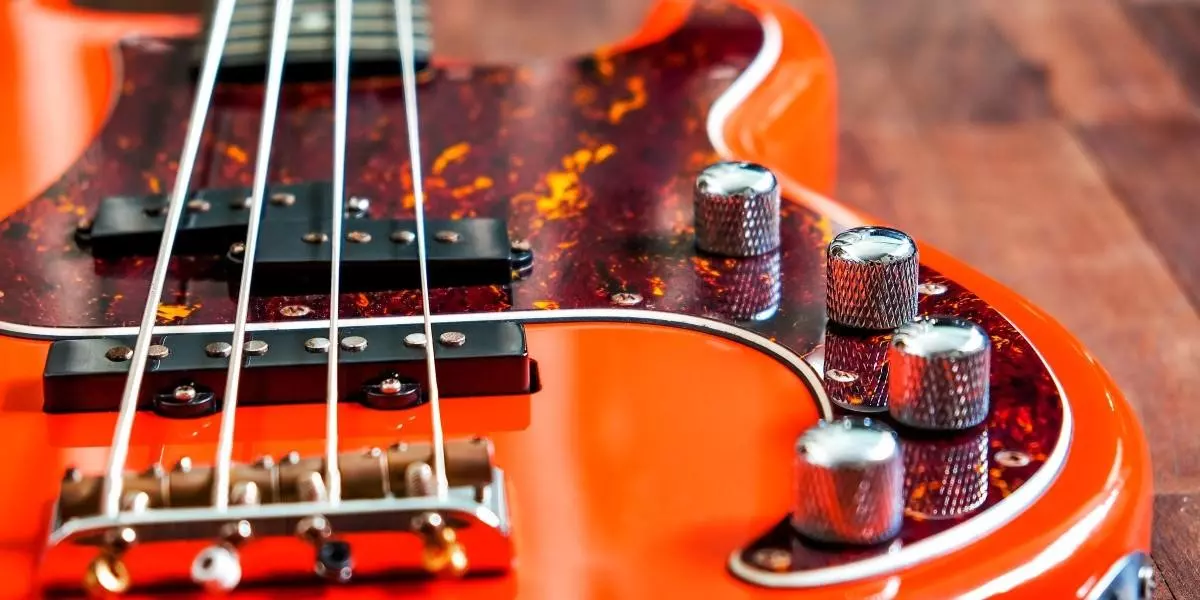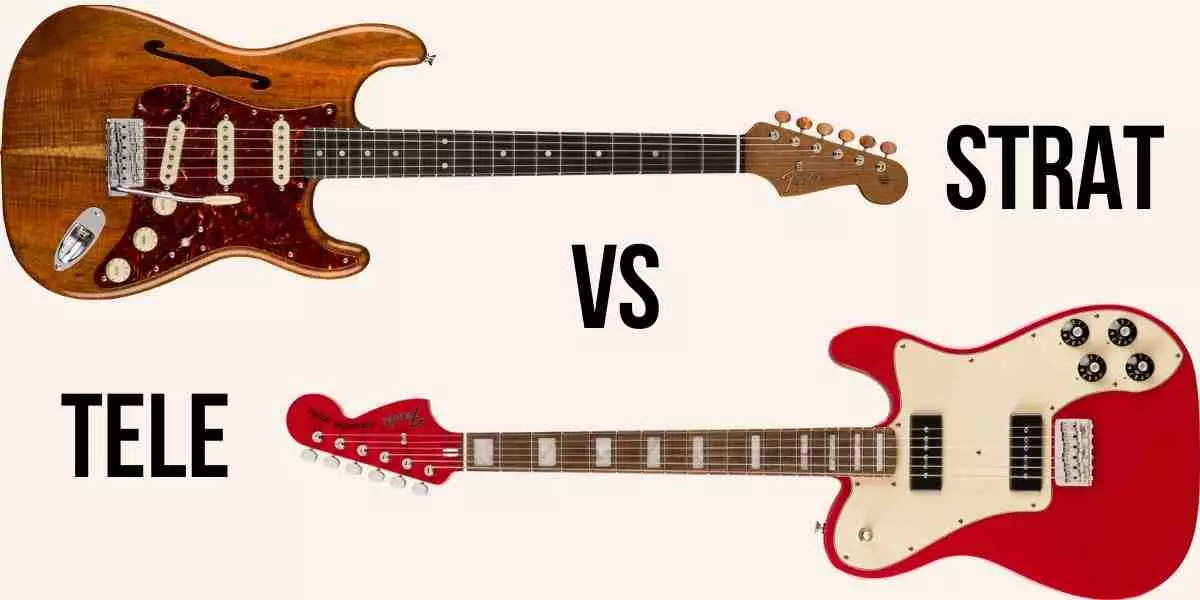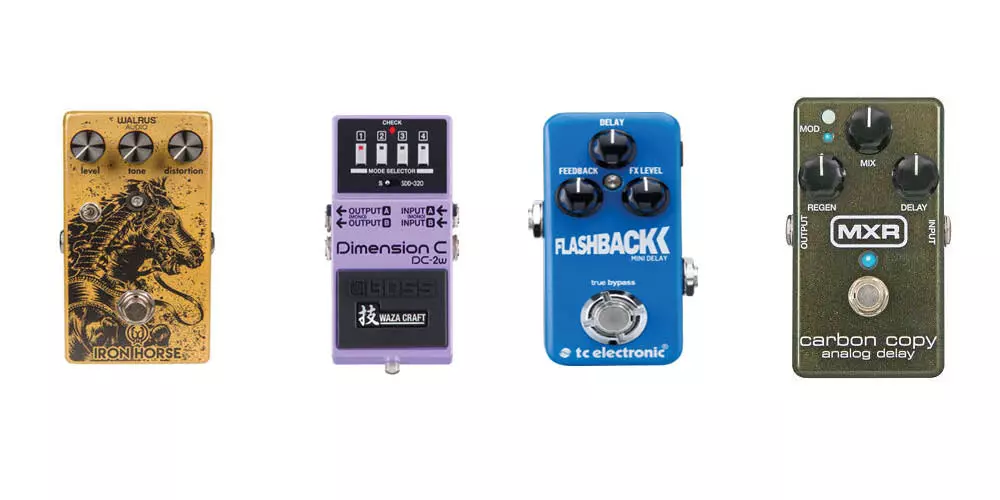When Your Rig Gets Big: How to Rationalize Your Gear

Musicians today are fortunate to be in a position of having an abundance of riches when it comes to available gear choices. In this article, I will discuss how to rationalize your pedal gear and make the best choices for your musical endeavours.
The first thing to consider is what type of music you are playing and what you need to support it. Are you in a pop cover band entertaining at special events and bars? Are you playing experimental music? Are you playing original songs? The many forms your music can take should inform your choices.
For example, if you are playing original or experimental music, it is helpful to include gear that will assist you in carving out your own sound. Not only is the selection of individual pedals and other gear important, but the way gear combines to produce the final sound that enters your amp is just as crucial. If you’re trying to find your sound, or create a new sound, going beyond a basic suite by adding specialty pedals is something to consider.
Having a vast array of pedals is not a bad thing but it begs the question of how best to use them. A pedal array, carefully chosen, calibrated and executed, can add a professional sheen to any song and take it to a new level.
Check out our selection of pedals here!
So let’s talk about some ways to rationalize your pedal gear:
1. Calibrate volumes. Put simply, this is the art of making sure that as you introduce a pedal into your delivery, on its own or combined with other effects, its volume is complementary to the volume of your other pedals. When you engage a pedal, you don’t want it to either be too loud or too soft. It needs to sit well in the array and enhance the overall sound, rather than hijack it. If you need to get an edge out of a pedal to ensure a solo doesn’t get buried in the mix, for example, make sure that edge is just enough and not excessive. Alternatively, you could introduce a pedal designed to boost the sound for solos.
2. Be discerning. Ask yourself whether the gear you are adding is necessary. How often will you be using it, and when it’s used, does it make a positive difference to your sound? There is nothing wrong with having a lot of gear (many of us do), but it’s more a question of knowing what to use in your delivery and what to use at home for casual playing.
3. Get the basics right and build from there. Arguably distortion, chorus, delay and volume pedals are staples for any serious performer. Master the basics and ensure you are fluid in your ability to use what these pedals offer, both as standalones and as part of the overall chain. Clicking pedals on and off at the right times in a song is no trivial matter. It requires skill and practice.
4. Tame the parameters. Most pedals will provide onboard dials to adjust and set the features of the pedal. Tweaking these settings can give you that precise sound you have been looking for.
However, keep in mind that tweaking pedal controls affects the individual pedal and the sound sent to the next pedal(s) in the chain. The seemingly endless adjustments and tweaks that can be made to each pedal in your setup can very quickly throw off-kilter the sound you were striving to achieve in the first place. While it is tempting to get into precise tweaking, the ability to tweak can become maddening as it continues to affect everything else in your effects chain.
When you are approaching that magic sound you have been working toward, make note of each setting on your pedals and resist the temptation to overtweak. At some point, freeze your sound and live with it for a while.
5. Decide how much colouring your amp is going to do. It is best to ensure the combination of effects being sent to the amp through your pedal chain, and any built-in effects the amp may have that you wish to utilize, supports the overall sound you are trying to achieve.
In the end, rationalizing your rig comes down to being thoughtful about how each piece adds to or takes away from the overall sound you are trying to achieve. It also involves knowing when enough is enough, knowing when less is more and being judicious about adding bells and whistles.
Following these five steps will help you to tame and shape your sound, and deliver professional results. It will also help you get the most out of your gear.
Check out other blog posts: Who Are You? (Finding Your Own Sound), Cause and Effect – Building a Pedalboard and Guitar Effects 101
* * *
Charles Penn is a professional songwriter and guitarist. He has been playing for forty years and his writing has appeared in trade magazines and media outlets across North America. He can be reached at [email protected]







